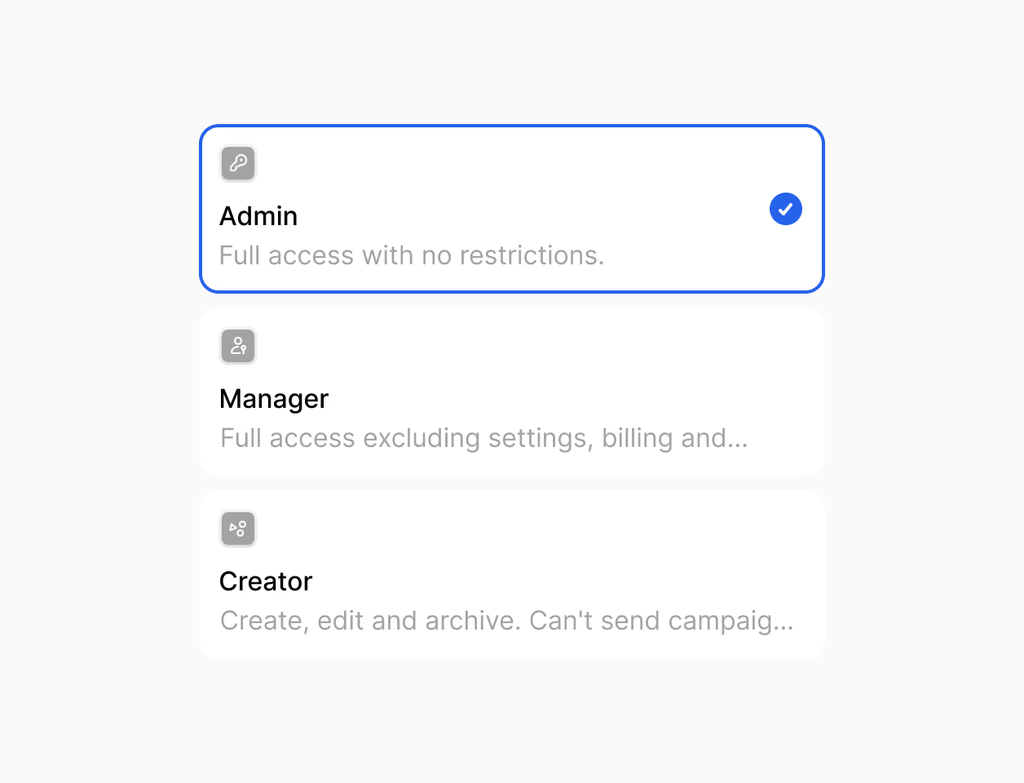What is the Hoop Accounting Integration and who should use it?
The Hoop Accounting Integration is a powerful tool designed to eliminate manual data entry and streamline financial operations by syncing records between your CRM and accounting systems. This feature is essential for businesses that need precise alignment between their sales pipeline, billing, and collections processes. It ensures that contacts, products, invoices, and payments are accurately reflected in both platforms, eliminating data silos and duplicate effort.
This integration is ideal for growing commerce businesses, especially those utilizing QuickBooks Online or Xero, that want operational visibility and faster financial closing. Finance teams benefit from accurate data and audit trails, while sales representatives gain real-time payment status insights. This visibility allows reps to prioritize outreach effectively, ensuring faster collections and more reliable revenue forecasting within the Hoop platform.
How does the integration automate key financial record lifecycles?
The integration works bi-directionally to unify sales and finance data, automating critical steps in the record lifecycle once a deal is closed. This automation prevents manual rekeying of information, which significantly reduces errors and speeds up processes like billing and renewals. The feature uses field mappings and sync rules to maintain high data quality across all teams, regardless of time zone.
Key automations and benefits include:
- Creating customers and invoices directly from closed deals in your CRM.
- Syncing real-time payment status to automatically drive dunning and renewal workflows.
- Normalizing currencies and taxes for standardized and consistent financial reporting.
- Providing operational visibility by exposing AR aging, paid/unpaid status, and credit holds within CRM dashboards.
By automating these lifecycles, your teams can focus on strategic growth rather than administrative tasks.
What is the process for setting up the accounting integration?
Setting up the Accounting Integration within Hoop is designed to be quick and straightforward, allowing you to achieve value rapidly. Initially, you install the native connector for your preferred accounting platform from the Hoop App Marketplace. After installation, you must authorize accounts and establish the initial sync rules and field mappings.
The setup process involves several steps to customize your flow:
- Install the necessary native connector app from the Hoop Marketplace.
- Authorize access to both your Hoop workspace and the external accounting platform.
- Select the specific objects, sync directions, and filters for each team and region.
- Define field-level authority to specify which system "wins" in case of a data conflict.
Once configured, you can import legacy data to backfill historical invoices, and the system will immediately begin maintaining continuous, incremental syncs, allowing you to see unified data almost instantly.
What are the available pricing plans for using this feature on Hoop?
The Hoop Accounting Integration is available across several of our core pricing tiers. The feature is included with the core, pro, and enterprise plans, ensuring businesses of various sizes can access this critical functionality. While the base functionality is present in all these tiers, specific usage limits and advanced features often scale with the plan level.
For instance, enterprise clients typically receive access to enhanced governance features and higher volume throughput necessary for large-scale operations. If you are on the core plan, you receive the essential synchronization capabilities needed for small to medium operations, including syncing contacts and payments with QuickBooks Online or Xero. Moving up to the pro or enterprise tiers usually unlocks:
- Increased frequency of near real-time syncs.
- More extensive custom field mapping options.
- Priority support and dedicated onboarding resources.
We recommend consulting the detailed plan comparison on the Hoop website to ensure the selected tier fully meets your specific volume and compliance needs.
What accounting platforms offer native connectors with Hoop?
Hoop prioritizes integrating with the most popular and widely used accounting platforms to ensure broad compatibility for our customers. Specifically, the platform offers native connectors for QuickBooks Online and Xero. These connectors are fully developed and maintained by Hoop, providing a robust and seamless integration experience.
Beyond these native connectors, Hoop maintains flexible connection options to support various business requirements. You can also utilize:
- A growing Marketplace of apps for extended accounting use cases, such as specialized tax software or regional payment gateways.
- Custom mappings and APIs for advanced fields and proprietary financial objects.
This flexibility ensures that even if you use a less common or highly customized accounting setup, the Hoop platform can still unify your sales and finance data efficiently, preserving data quality and operational alignment across all systems.
How does Hoop ensure security and compliance with financial data?
Hoop treats the security and compliance of sensitive financial data as a top priority. The platform integrates robust governance features to protect assets while still promoting necessary collaboration across teams. This is managed through strict, built-in controls designed to meet modern security standards.
Key components of Hoop's security framework for accounting data include:
- Role-based access controls to restrict who can view or modify sensitive financial properties.
- Comprehensive audit trails that track sync events, data updates, and approvals for every linked record.
- Secure protocols that respect existing authentication and access policies managed directly in the integrated accounting systems.
These measures allow finance professionals to protect proprietary information while enabling sales and operations teams to access the necessary payment and status signals for their daily work, all within a compliant environment.
What steps should I take if I encounter a sync conflict?
While Hoop's integration is designed for high reliability, occasional sync conflicts may occur when two systems attempt to update the same record simultaneously. The platform includes a robust error handling system to manage these issues safely and effectively. You should first check the integration's error handling dashboard.
The standard process for resolving conflicts is:
- Review the error handling dashboard to see the queued conflicts and the specific details of the issue.
- Identify the field-level authority you established during setup, which determines which system's data takes precedence.
- Manually intervene if necessary, or simply allow the system to queue retries based on your predefined rules.
- Notify the designated record owner within your organization via the built-in notification system.
Hoop allows you to pre-define field-level authority so that, in most cases, the right system wins the conflict automatically every time, minimizing the need for manual resolution and preserving data integrity.



.avif)





